Humans are responsible for a host of accidental inventions. It makes sense when you think about it. As humans, we’re essentially walking accident-machines. Some of these accidents are simple – such as stubbing our toes on the coffee table or tripping on our own shoe laces – and some are major – such as instigating an avalanche while skiing. But then there are the accidents which revolutionize our world. Accidents that gift humanity with an illusive piece of a puzzle resulting in an extravagant masterpiece. It’s here this list will focus on – accidents which resulted in inventions that changed our world for the better (or, maybe some weren’t so revolutionary, such as Silly Putty, but it depends on who you ask). Some accidental inventions such as the microwave, stainless steel, or our #1 accidental invention play principal roles in our daily lives and it would be difficult to imagine life without them (which makes you wonder, how did they manage to live back then…I digress). Necessity may be the mother of invention, but accidents are the bases of our best inventions. Read on to find out what might not have existed today had it not been for a mistake in this list of 25 accidental inventions that revolutionized our world.

By the way, some invention were not born out of accident but rather from dreams. It’s true, check out these 25 Dreams that Forever Changed Society to find out more.
Coca-Cola
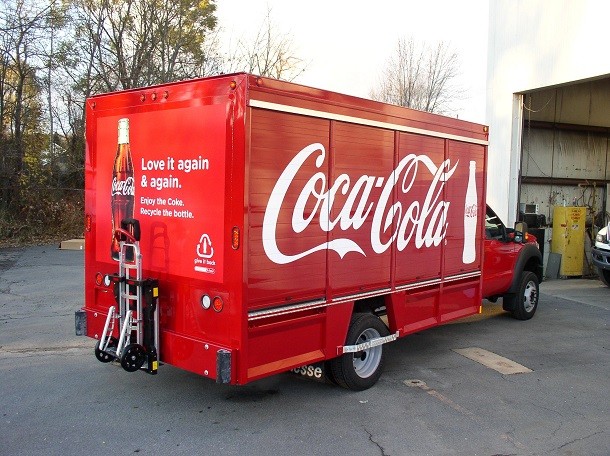 Source: Business Insider, Image: Wikimedia
Source: Business Insider, Image: Wikimedia One of the most well-known accidental inventions, Coca-Cola was created by pharmacist John Pemberton. Aiming to create a cure for headaches and anxiety, Pemberton created a syrup from wine and coca extract (the root ingredient in cocaine). When his home of Atlanta banned the sale of alcohol in 1885, he removed the wine from the syrup recipe and included carbonated water, thus creating the beginning of the soda so many of us enjoy today.
LSD
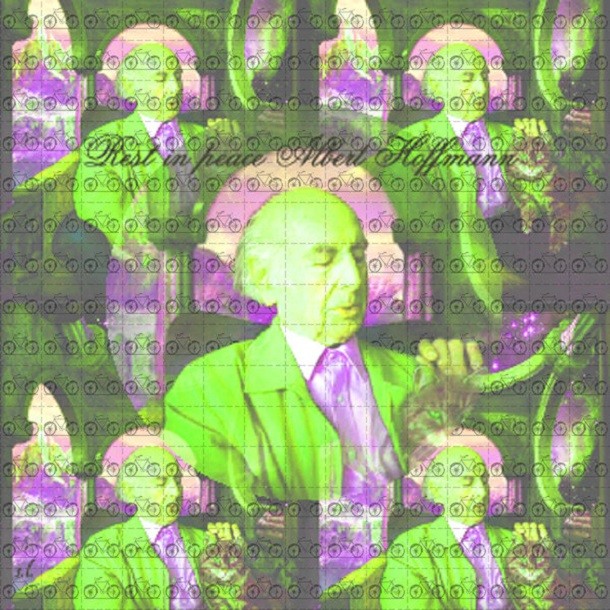 Source: Royal Society of Chemistry, Image: kf3ine via Deviant Art
Source: Royal Society of Chemistry, Image: kf3ine via Deviant Art LSD – or lysergic acid diethylamide – is a psychedelic drug popular with counter-culture and youth movements of the 1960’s. Accidentally created by Swiss chemist Albert Hofmann, acid (as LSD is colloquially known) was first created in 1938 as an attempt at a circulatory stimulant. Five years later – after nothing of interest was discovered pharmacologically in ’38 – Hofmann made another batch of LSD-25 on a hunch, simply because he “liked the chemical structure of the substance”. While recrystallizing a few hundredths of a gram to analyze, Hofmann accidentally ingested some, leading to the first acid trip in history.
Chocolate Chip Cookies
 Source: Business Insider, Image: Wikipedia
Source: Business Insider, Image: Wikipedia Chocolate chip cookies seem as old as mothers themselves (at least to this author), but they’re a relatively recent invention. The Toll House Inn was founded as a bed-and-breakfast in Whitman, Massachusetts. Co-owner and cook Ruth Graves Wakefield was making her popular butter drop dough cookies one day in 1936 when she ran out of baker’s chocolate. Grabbing some sweetened chocolate she had on hand, Wakefield diced it up and added it to the cookies. To her surprise, it didn’t melt entirely but stayed relatively whole. She contacted Nestlé and struck a deal to print her recipe on all their semi-sweet chocolate bar wrappers in exchange for a lifetime supply of chocolate. Thus, the chocolate chip cookie was born.
Popsicles
 Source: CS Monitor, Image: Sarah Buckley via Flickr
Source: CS Monitor, Image: Sarah Buckley via Flickr If there is any group of society known for making accidents, it’s kids. Some accidents such as painting the walls with crayons or giving the cat a milk bath aren’t so great, but then you find a gem: popsicles. Eleven-year-old Frank Epperson was making a fruit-flavored soda from powder and water but forgot about it overnight. With the stirring spoon still in the cup, the mixture hardened in the freezing temperatures outside. He pulled the stick out and loved the treat he inadvertently made. Years later, he served them at a fireman’s ball and they were a huge hit. He began mass-producing his creation (originally called Eppsicles until his kids told him to scrap the name for something more kid-friendly) which took off with kids and adults everywhere.
Penicillin
 Source: Business Insider, Image: Wikipedia
Source: Business Insider, Image: Wikipedia Ever hear that not all bacteria is bad for you? Scottish scientist Sir Alexander Fleming found this lesson out first hand. Though searching for a panacea drug, Fleming found a curious happening in one of his discarded Petri dishes – a rapidly growing mold was preventing the surrounding bacteria in the dish from encroaching on it. Growing the mold individually, he isolated the powerful antibiotic penicillin.
Microwave Oven
 Source: Business Insider, Image: Wikipedia
Source: Business Insider, Image: Wikipedia One of the best accidental inventions of all time, the microwave oven was created in 1946. United States aerospace and defense contractor Raytheon hired Percy Spencer to work on radar technology. While experimenting with a vacuum tube using micro-waves, a candy bar in Spencer pocket began melting. He ran to grab some popcorn kernels, holding them near the tube and they began popping, making popcorn the first food ever cooked by microwave oven.
Slinky
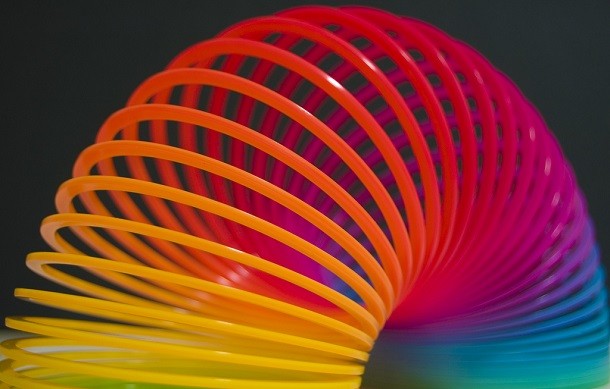 Source: Business Insider, Image: southpaw2305 via Flickr
Source: Business Insider, Image: southpaw2305 via Flickr Research for the weapons industry has resulted in a host of accidental inventions for general society, even fun ones. The Slinky, many a child’s favorite toy, was made by naval engineer Richard Jones. While designing a meter to measure power on battleships, he dropped one of the tension springs he was working with. As it bounced around the floor, he realized its potential as a toy.
Stainless Steel
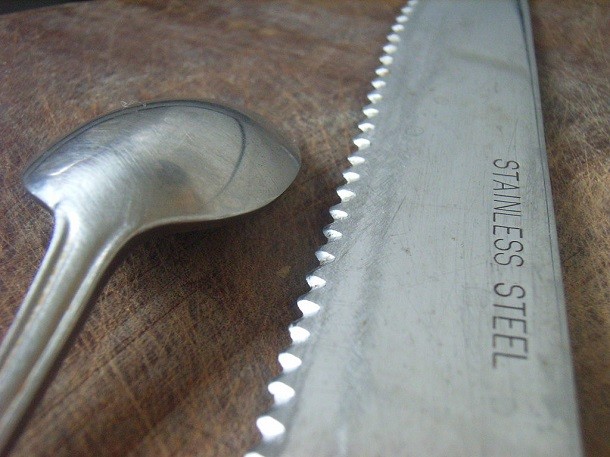 Source: CS Monitor, Image: Wikimedia
Source: CS Monitor, Image: Wikimedia Humans have been practicing metallurgy (producing and purifying metals) for millennia; we’ve come a long way since the Bronze and Iron Ages. Steel – iron with added carbon – was a useful metal for many years other than its likelihood to rust. After years of humans trying to produce non-rusting steel, metallurgist Harry Brearly from Sheffield, England, was successful in 1912. Experimenting to make gun barrels which wouldn’t wear down, he tried developing a steel alloy which wouldn’t erode. After many experiments, he found a sample reinforced with chromium which hadn’t rusted in his rejected alloy pile. The mixing of chromium with air created a thin, protective film which prevented rusting, thus stainless steel was born and revolutionized industries from cutlery to mechanics.
Viagra
 Source: Genius Stuff, Image: Wikipedia
Source: Genius Stuff, Image: Wikipedia Men (and plenty of women) rejoiced after two Pfizer Pharmaceuticals employees, Simon Campbell and David Roberts, found an accidental use for their drug intended to treat high blood pressure. Unfortunately, it didn’t do much to lower blood pressure, but male participants reported frequent erections while taking the pill. Next tested as a remedy for erectile dysfunction, the “blue pill” (Viagra) was approved in 1998 by the U.S. Food and Drug Administration.
Saccharin
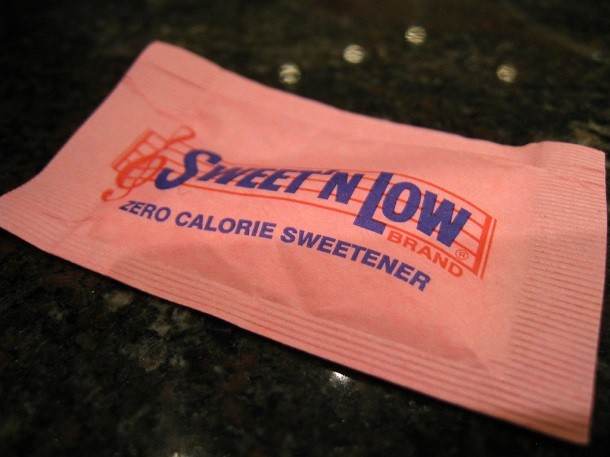 Source: Business Insider, Image: steveisaacs via Flickr
Source: Business Insider, Image: steveisaacs via Flickr One of the grosser starts to an accidental invention, Saccharin – commonly seen today in the pink Sweet n’ Low packets – was first produced by Constantine Fahlberg, a John’s Hopkins University researcher. Trying to find new uses for coal tar, Fahlberg found his wife’s biscuits much sweeter than normal one evening in 1879. Rushing to figure out what caused it, Fahlberg found remnants from his lab tests – namely, saccharin – on his hands.
Wheaties
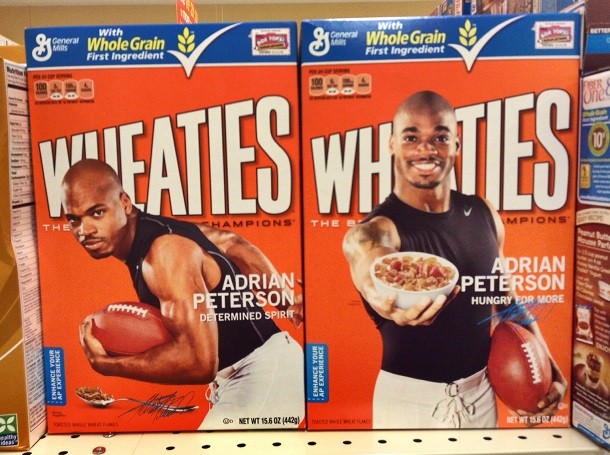 Source: Inc., Image: jeepersmedia via Flickr
Source: Inc., Image: jeepersmedia via Flickr Bran gruel just sounds disgusting. Typically a peasant food (and asked for “more” of by Oliver Twist), gruel is a cereal grain boiled in water or milk which sustained many a Westerner over the past few hundred years. A Washburn Crosby Company cook was preparing some when part of the mixture fell onto the hot stove and sizzled. Trying the cracked flakes, he found the result much more appetizing and Wheaties was born. The company debated what to call the cereal. First named Washburn’s Gold Medal Whole Wheat Flakes (and nearly Nukeys), an employee contest ultimately resulted in the final name of Wheaties.
Corn Flakes
 Source: Business Insider, Image: Pixabay
Source: Business Insider, Image: Pixabay The byproduct of breakfast entrepreneur brothers John and Will Kellogg, corn flakes had a less-than-appetizing beginning. While boiling grains to make granola, the brothers forgot a pot on the stove for a few days in 1898. Upon returning – besides a moldy mess – they found a thick, dry mixture. Some experiments later, the mold was taken out of the equation and the first corn flakes were eaten.
X-Rays
 Source: CS Monitor, Image: Wikipedia
Source: CS Monitor, Image: Wikipedia Post-Industrial Revolution, the world was charging full-steam ahead. In the late 1800’s, German physicist Wilhelm Röntgen was experimenting with cathode-ray tubes. Similar to a fluorescent light-bulb, the tubes are glass tubes in which air is vacuumed out and a gas is added in. Adding electricity, the tube would glow. After surrounding the tube with black cardboard, Röntgen was surprised that a nearby chemical also glowed since all light was supposed to be kept within the cardboard. Soon testing the invisible rays on his wife’s hand, he realized they could pass through flesh, wood, and a variety of substances. Unsure of what was happening, he called his accidental invention X-rays – the X meaning “unknown”.
Dynamite
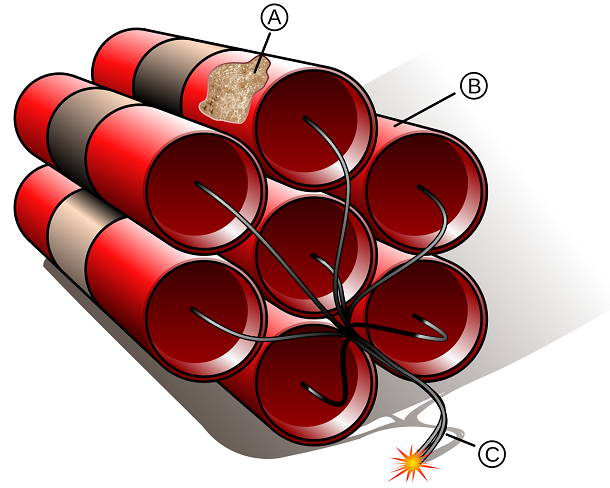 Source: Genius Stuff, Image: Wikipedia
Source: Genius Stuff, Image: Wikipedia Alfred Nobel, namesake of the Nobel Peace Prize, successfully created dynamite after an accidental explosion in his own laboratory which killed his younger brother and a few others. A chemist by trade, he (and the others) were working to find ways to stabilize the highly-volatile liquid nitroglycerin. When transporting some of the liquid one day, the can broke open but a big explosion didn’t follow; kieselguhr, a sedimentary rock mixture in which the cans were packed, absorbed the liquid without hampering its explosive power. He continued researching and soon created what we know today as dynamite.
Post-It Notes
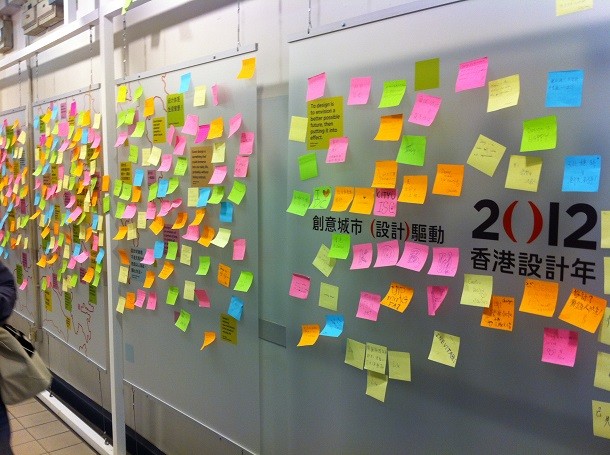 Source: Inc., Image: Wikimedia
Source: Inc., Image: Wikimedia The company 3M is known for its high levels of innovation throughout the years; the year 1968 was no exception. Researchers Spencer Silver and Art Fry developed a soft adhesive but couldn’t find a use for it. While practicing hymns with his church choir, Fry found his placemarking papers kept falling out and remembered their old idea from years earlier. Twelve years after its original discovery, 3M launched Post-It Notes in 1980.
Anesthesia
 Source: Genius Stuff, Image: Wikipedia
Source: Genius Stuff, Image: Wikipedia Anyone who has undergone a surgery will be thankful to the pain-easing effects of anesthesia. Four men – Crawford Long, William Morton, Charles Jackson, and Horace Wells – all realized, rather independently, the useful effects of ether and nitrous oxide. In the 1800’s, parties where guests would consume such vapors were all the rage. These “laughing parties” or “ether frolics” were the acid parties of their day. A notable event for Horace Wells happened in 1844 when a man at the party injured his leg and was bleeding but reported feeling no pain. Wells soon removed his own tooth under the gas’s influences and found its immense value during painful medical procedures.
Silly Putty
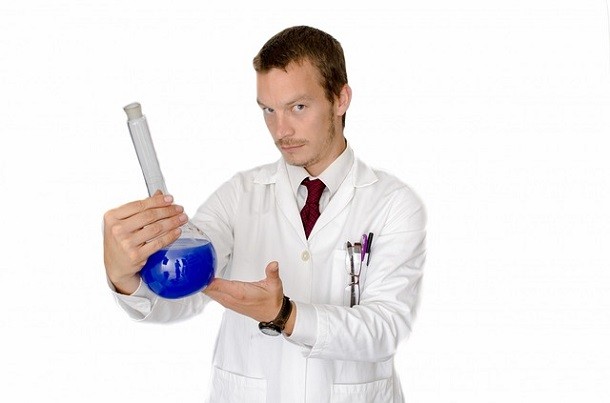 Source: Business Insider, Image: Pixabay
Source: Business Insider, Image: Pixabay Another example of a toy emerging from war-time production (like #19), Silly Putty was designed by James Wright of General Electric. Wright was testing silicon oil during World War II to make a substitute for rubber which was highly in demand by the military for airplane tires, soldiers’ boots, and more. After adding boric acid to some silicon oil in 1943, Wright was left with a bouncy, gooey, gelatinous mess. Not useful for any military application, Silly Putty was only really useful as a gooey kids toy.
Pacemaker
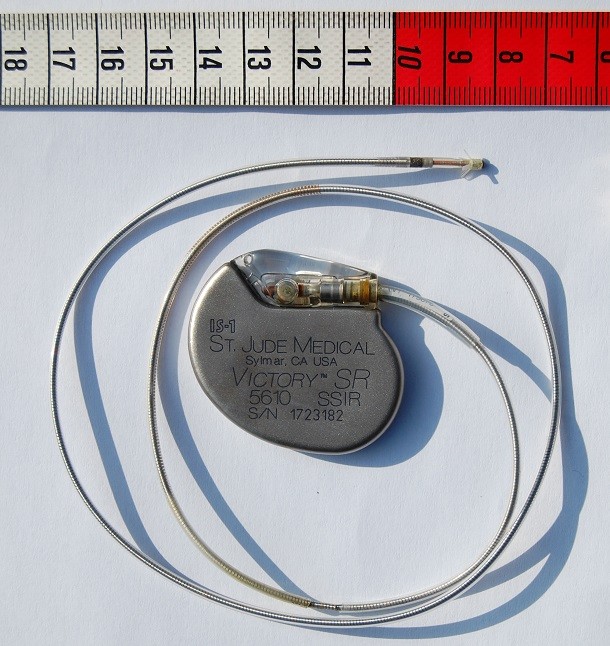 Source: Business Insider, Image: Wikipedia
Source: Business Insider, Image: Wikipedia One of the most beneficial accidental inventions on our list, the pacemaker was the result of John Hopps’s work. An electrical engineer, Hopps was researching hypothermia in the mid-20th century and attempting to use radio frequency heating to boost body temperatures after a major drop. His research led him to discover the heart’s suitability to restarting by using electrical impulses and the artificial pacemaker was born.
Ice Cream Cones
 Source: CS Monitor, Image: Wikimedia
Source: CS Monitor, Image: Wikimedia Just like #22, ice cream cones quickly became a kid-favorite. In the early 1900’s, ice cream was sold in paper, glass, or metal – none-too-useful for dispensing the creamy treat, especially as a take-away item. The 1904 World’s Fair in St. Louis was a massively hot event (popularity- and temperature-wise). With ice cream and waffle vendors next to each other, ice cream was a popular buy but the waffle vendors were left without buyers for their hot treats. When an ice cream vendor ran out of paper cups, the waffle vendor next to him, Ernest Hamwi, rolled up one of his waffle pastries, “zalabia”, and gave it to the ice cream vendor to put ice cream in. It was an immediate hit and all the other vendors at the World’s Fair began doing the same and claiming credit.
Potato Chips
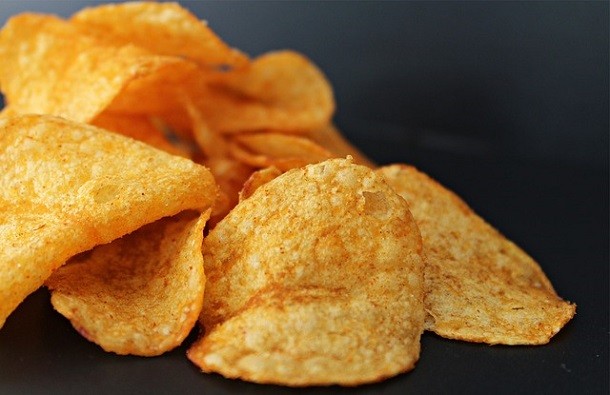 Source: Business Insider, Image: Pixabay
Source: Business Insider, Image: Pixabay Potato chips (or crisps, as they’re called in Ireland and the United Kingdom) are actually an accidental American invention. Any chef or waiter who has worked in the restaurant industry has encountered difficult diners. One such chef, George Crum of the Carey Moon Lake House in New York, met a tough customer who kept sending his French fries back, complaining they weren’t thin or crisp enough. After multiple times, Crum got angry and sliced the potatoes paper-thin, deep-fried them until overly crisp, and served them. The diner loved the slivers and the potato chip was thus born in 1853.
Matches
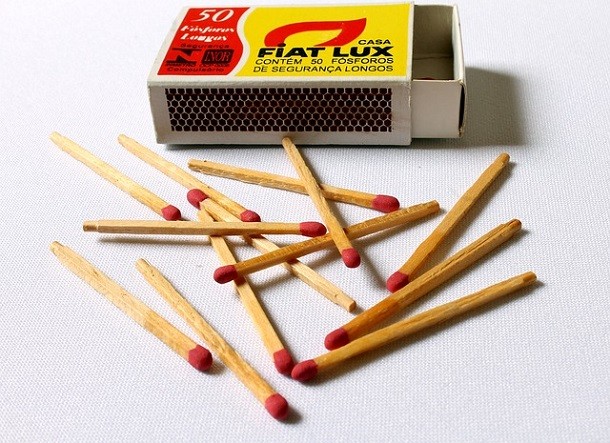 Source: CS Monitor, Image: Pixabay
Source: CS Monitor, Image: Pixabay Though the earliest match-like products were developed by the Chinese over 1,000 years ago, they weren’t as practical since they weren’t strikeable. English chemist John Walker was stirring chemicals when he found a dried lump forming on the end of his wooden mixing stick. He scraped off the goo which immediately ignited. Realizing the potential, Walker began selling his “friction lights” in a tin box with a piece of sandpaper. Many years later and we have the modern variety: a small wooden stick tipped with red phosphorus.
Superglue
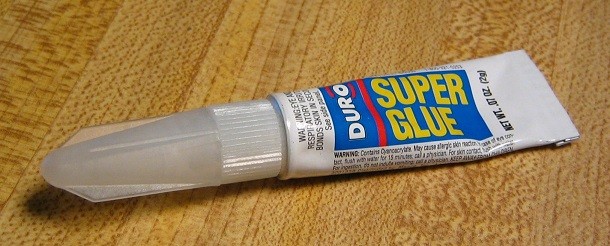 Source: CS Monitor, Image: Wikimedia
Source: CS Monitor, Image: Wikimedia A handy item in most people’s cupboards, superglue is a unique adhesive in that it does not require heat or pressure to bond. Developed by Eastman Kodak researcher Harry Coover, the adhesive was initially a nuisance, sticking to everything it touched and complicating his experiments. Years later, Coover realized his accidental invention could be used for a host of applications, including his famous lifting of TV show host Garry Moore off the ground with a single drop of superglue.
Velcro
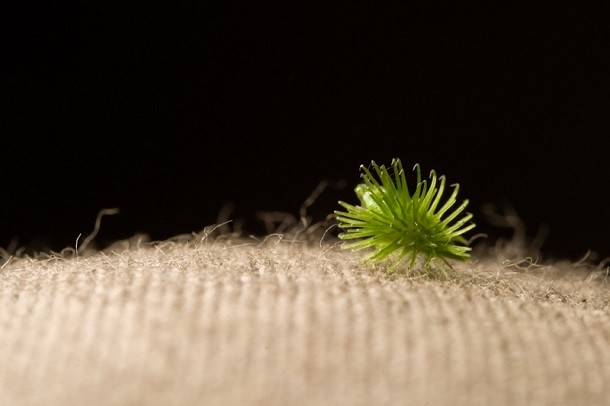 Source: Genius Stuff, Image: Wikimedia
Source: Genius Stuff, Image: Wikimedia It’s rumored NASA invented Velcro in space, but it’s just guilty by association as it’s often used during space missions. Electrical engineer George De Mestral came in from walking man’s best friend to find cocklebur fruits littering his dog’s coat. Pulling out a microscope, he found the fruits dotted with hooks which allowed them to connect to other objects. A short time later, he decided nylon was the best material to recreate the natural phenomenon and he named his accidental invention Velcro.
The Color Mauve
 Source: Inc., Image: Wikimedia
Source: Inc., Image: Wikimedia The old way of dying clothes was achieved by crushing small bugs or plants to extract their dyes but one man – chemist William Perkin – brought one color out of relative obscurity into mainstream popularity. While attempting to make an artificial version of a malarial drug, Perkin created a dark, oily sludge that seemed fit to throw away. Testing his curiosity, the 18-year-old discovered the sludge turned silk a brilliant light purple color which was brighter than existing dyes and didn’t wash out. Revolutionizing the dye industry (and the fashion industries of London and Paris), Perkin had created the color mauve which became one of the most popular of the time. Queen Victoria even wore the color to her daughter’s wedding two years later in 1858.
Plastics
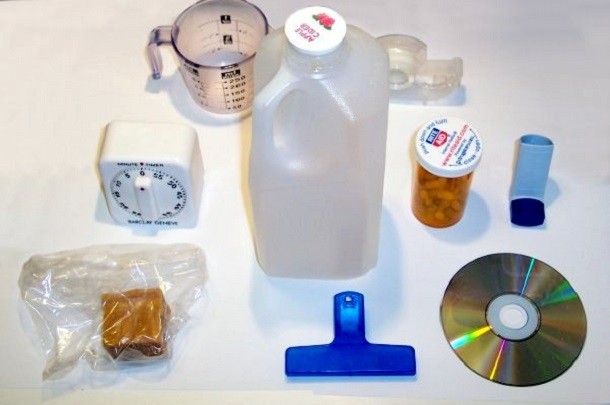 Source: Inc., Image: Wikipedia
Source: Inc., Image: Wikipedia One of the most revolutionary accidental inventions on our list is plastics. Used for anything from car bodies to soda bottles, plastics were initially discovered by Charles Goodyear (yes, of the tire company). Combining rubber and sulfur, Goodyear accidentally placed the material on a hot stove. Upon discovering his mistake, he found a strong, durable material achieved via the process of vulcanization (strengthening rubber by adding sulfur or similar substances). Plastics were further developed by various individuals and have become the immensely valuable product we use today. What other inventions do you know about that came about by accident?



























